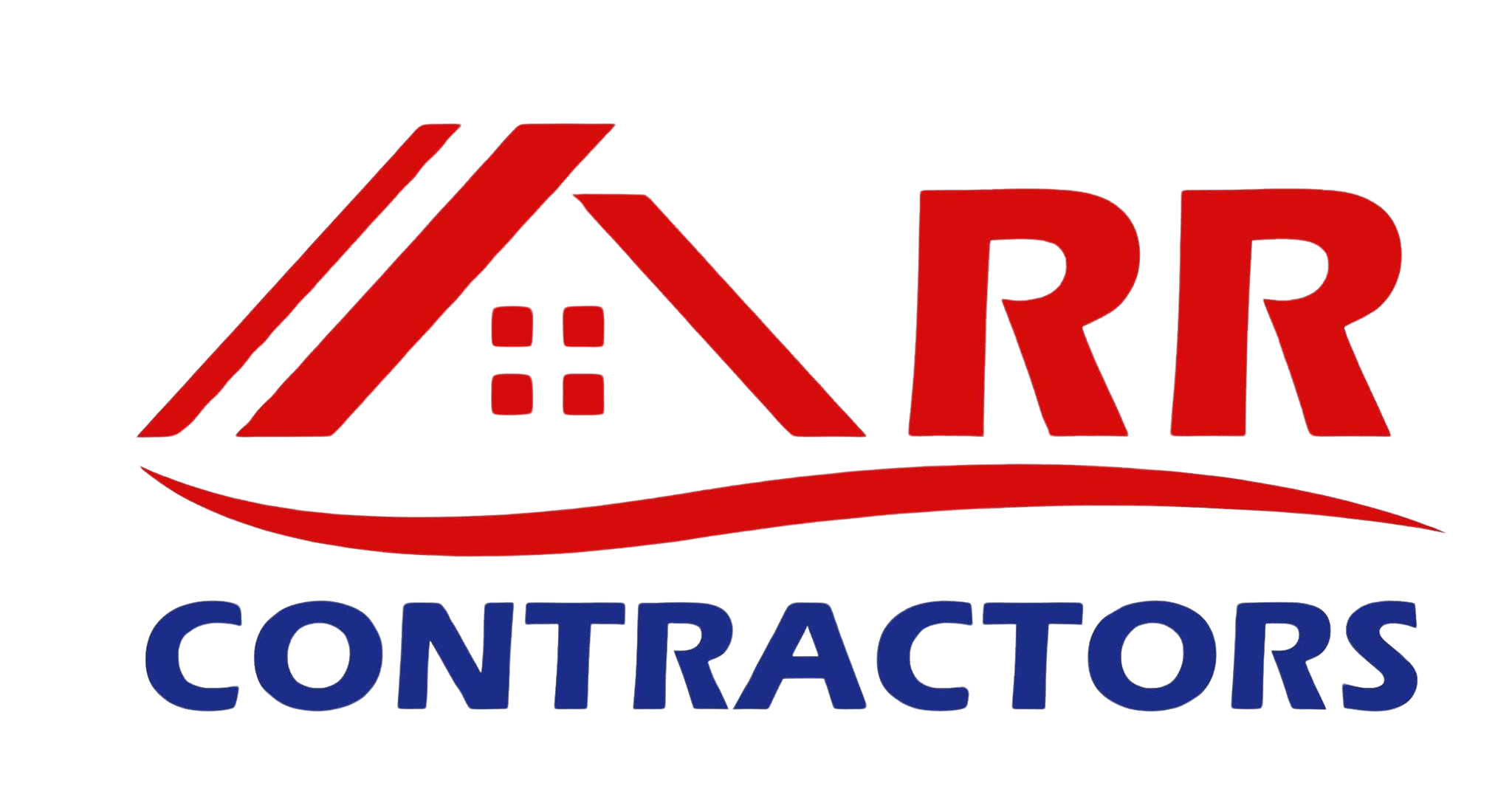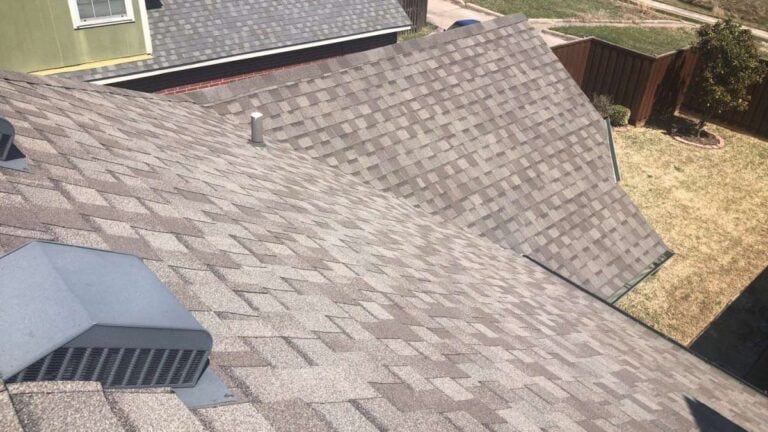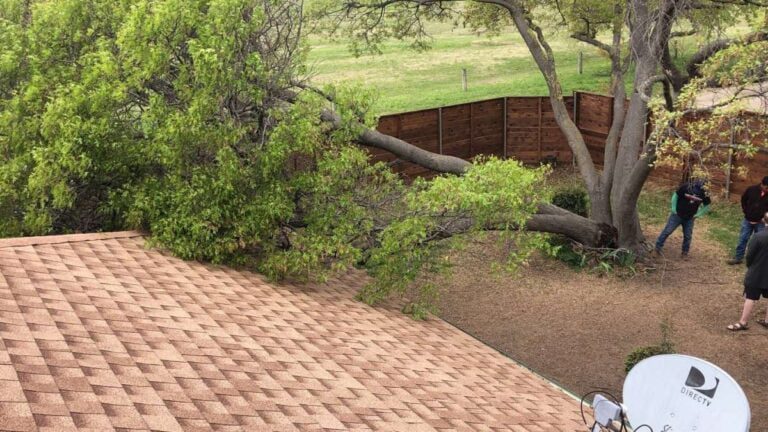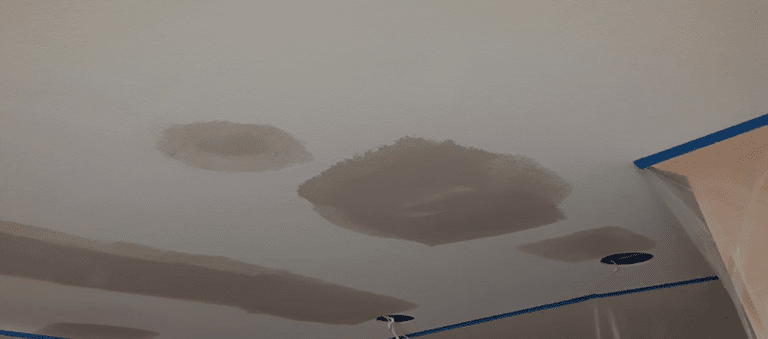Statistically, roof damage is one of the most popular reasons why homeowners file roof restoration insurance claims Collin County. Your roof protects your home from a variety of elements. Wind, hail, and storms are the biggest enemies of your roof. Other reasons to file roof restoration insurance claims Collin County are electrical fires, falling limbs, heavy snowfall, moisture intrusions, and damage caused by pests. But the good thing is that your homeowner’s insurance Collin County will most likely cover the most reasons for roof damage. Some homeowners don’t know how to file home insurance claims. In this article, we will give you a few tips on how to file a claim.
The Difference Between Homeowners Insurance and Warranty
A warranty usually comes with the roof materials or other home materials you buy. The cost of materials often already includes the warranty; however, you may need to purchase an extended warranty if you wish. These warranties usually cover defects and abnormal wear, but typically do not cover the cost of repair caused by strong winds, hail, fire, lightning, and other natural disasters. So this is when your home insurance is necessary. When the damage occurs, you need to file roof restoration insurance claims Collin County as soon as possible. Especially when there has been a big storm which means that hundreds of other people will be filing roof restoration insurance claims Collin County, so you’ll want to get yours in ahead of others to begin dealing with your roof damage as quickly as possible.
Find a good roofing company
Even before you begin working with your home insurance, first things first, you need to decide what roofing contractor you’re going to be working with. Consider their experience with roof repairs and replacements. If they also have an experience with filing roof restoration insurance claims Collin County, that’s big luck.
Schedule your roof inspection and make temporary fixes
Before you begin working with your homeowner’s insurance company, you will need to have a roofing contractor inspect your roof completely and find all hidden and obvious signs of roof damage. It’s essential that they document the damage before they even touch it. Make sure they take plenty of photographs in order to build a case for your homeowner’s insurance company. Only after all damage is documented can the contractor begin working on your roof.
Stay tuned to learn more about the further steps. We will cover them in the next article.




